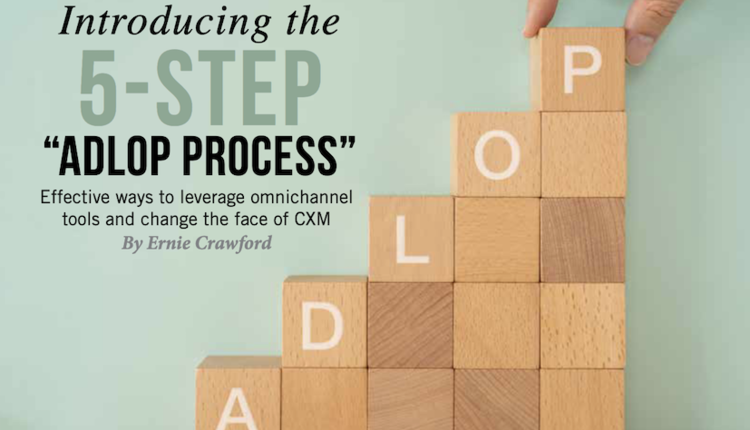
Despite the hard work toward achieving the goal of omnichannel communications, many enterprises continue to have difficulties bringing a true omnichannel communication strategy to fruition. I believe that it is because even today’s best omnichannel communication portfolios face these three BIG obstacles:
- Budget
- Infrastructure
- Governance
Let’s explore each of these major barriers to omnichannel communication success.
Budget
Budgets generally encourage silos by nature, and the phrase “fighting for budget” is an all too common description of the budgeting process. Well-intentioned managers fight against other well-intentioned managers for the money they need to support their people and their particular projects that are part of a department’s goals and individual KPIs.
These budgetary skirmishes might involve the need to put into motion projects like data storage, IT needs, architectural initiatives, campaign management, marketing automation, customer journey analytics, CRM systems, CCM systems, social listening tools, AI projects, customer experience management and analytical systems. In the end, where the money lands often has the potential to create massive inefficiencies as final allocations, often given to the best company politician, may not align with the business’ overarching goals.
These negative externalities can cause interdepartmental animosity because benefits often accrue to teams that are not paying all the expenses for their initiatives. This results in work critical to the goal of achieving an omnichannel environment being perpetually delayed or poorly implemented. To remedy this, organizations need to have excellent PMO (Project Management Office) teams that minimize the mismatches between financial allocations and need in order to ensure the best aggregate outcome for the enterprise.Infrastructure
The heap of technology that comprises a company’s omnichannel technology stack often sits on top of an infrastructure that is as old as it is complex. The oldest infrastructure in the architecture is pushed past its intended purpose in order to support the latest technology point solutions purchased by the lines of business. As the older infrastructure supports more and more solutions on top of it, it becomes exponentially more expensive to make desired changes.
Additionally, there are often redundant systems that power omnichannel communications. As an example, most enterprises have five or more active CCM systems that can generate communications. In order to deliver the high-quality communications tagged to the goal, the infrastructure creates a complicated mix of skills, applications and integrations that make each change more likely to impact other areas of the solution. As a result, enterprises become change-averse with their omnichannel communications. Designs languish. Change orders pile up. Communications drift away from brand and CX initiatives.
Rationalization of infrastructure involves removing redundant components. This is often a sensitive subject, because employees go into defense mode, citing the excuses I have outlined in a previous column. However, taking the necessary steps to remove these infrastructure obstacles will make it possible for an enterprise to take its communication portfolio farther faster—and with less risk.Governance
While we’re talking about risk—or less of it—a lack of omnichannel governance is a major obstacle to the success of omnichannel communications. Governance teams are generally handed single projects to check for compliance and not engaged early enough to improve the quality of the communications as a portfolio. Some PMO teams manage this better than others, but most organizations do not treat customer communications as the differentiator they have the potential to become. Communications are often viewed as nothing beyond pre-sale and post-sale obligations.
To improve governance, the goal of achieving omnichannel communications needs to be understood and adopted across the organization. This includes the use of tools like customer journey maps that allow any employee to understand where a communication occurs, what it looks like and where it is going. This allows the governance team to evaluate the channel plan for each communication project within the context of the business and the customer.Overcoming these BIG obstacles
If you clear the budget, infrastructure and governance obstacles, you will be free to do a better job of managing an omnichannel communications initiative. Resolving budgetary conflicts will enable cooperation that is needed to have discussions about design, production and delivery of your different types of customer communications. Simplifying your infrastructure by removing unnecessary, outdated or redundant components reduces the cost of designing and delivering these communications, which allows you to invest time in fewer, yet better, designs that meet the flexible channel demands of your customers. Finally, focusing on governance brings the execution teams, design teams, business teams and compliance teams together in a way that makes it possible for each communication to support a deliberate strategy for engaging your customers—and keeping them.


















